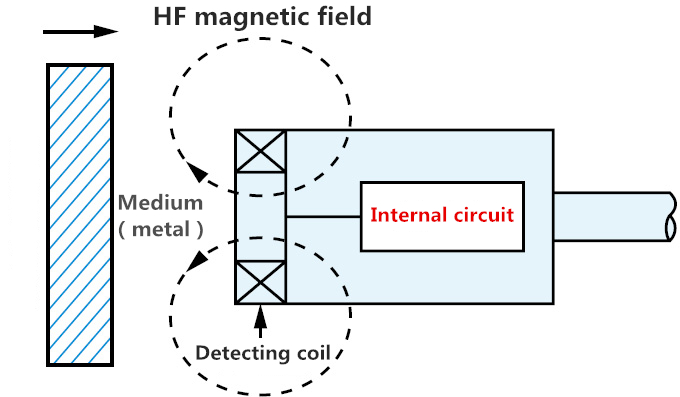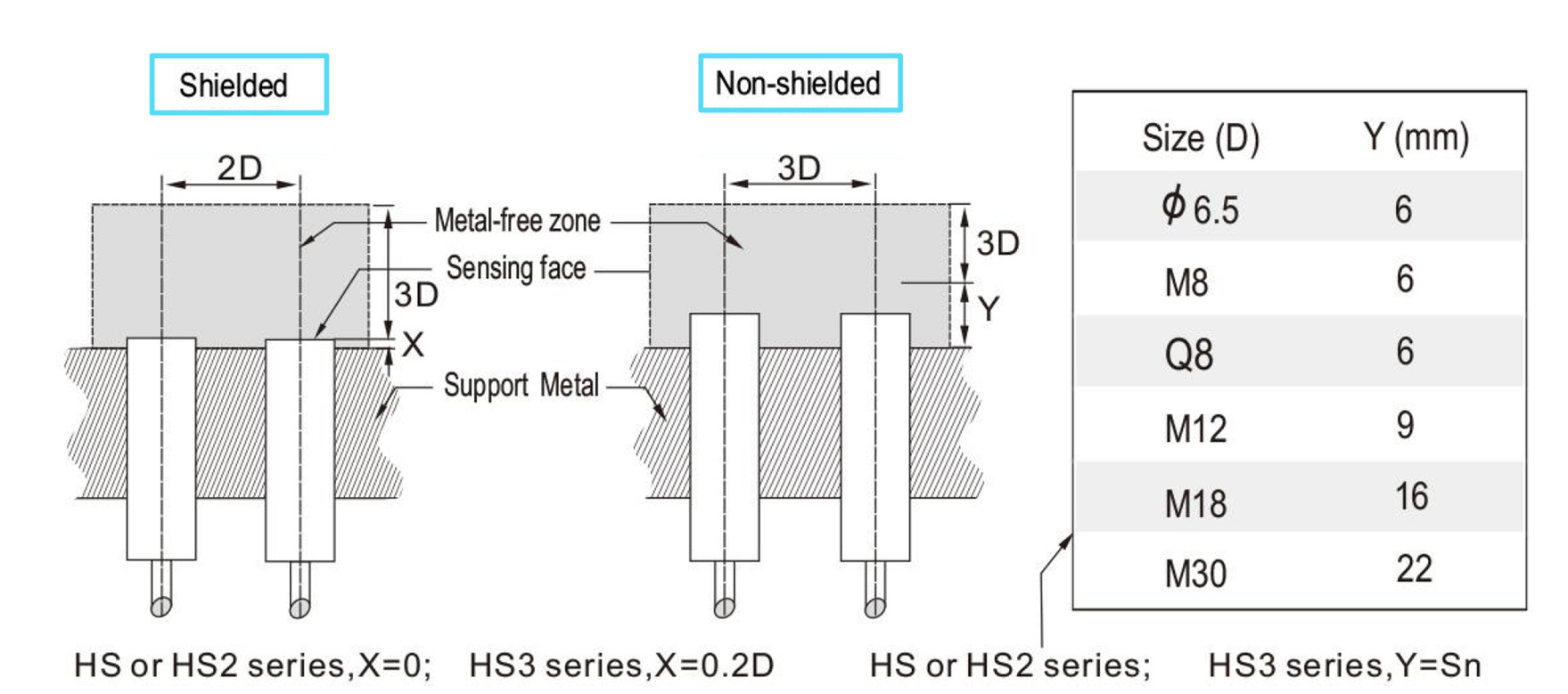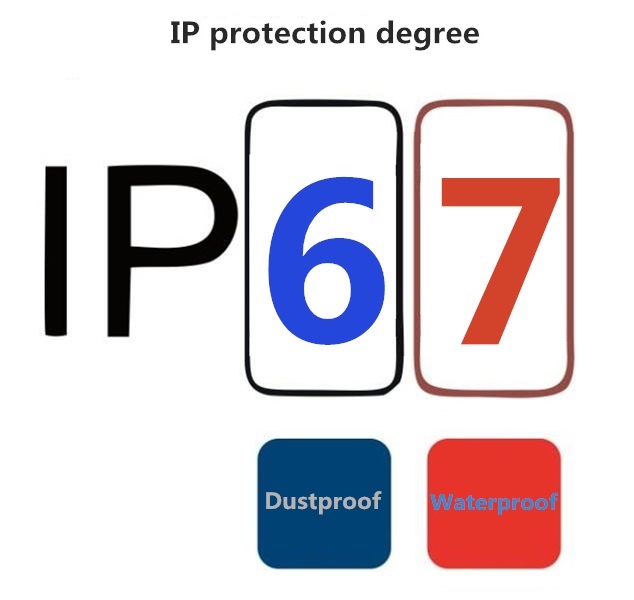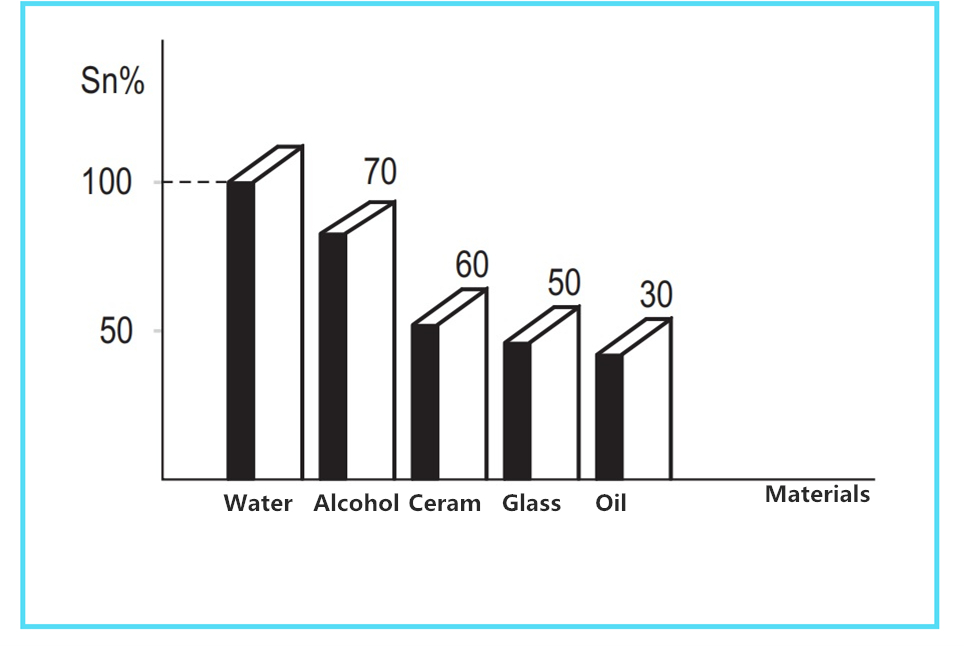MenuClosed

Scan on the official WeChat platform
A:The proximity sensor uses the sensor's sensitive characteristics to the approaching object to achieve the purpose of detecting the proximity of the object in the non-contact state and controlling the switch. In the conventional proximity sensor, the proximity sensor can be classified into a high frequency oscillation type, a magnetic induction type, and an electrostatic capacitance type according to the principle of induction generation.
<In the way of "eddy current" detection>

Q:What do Shielded and non-Shielded mean?
A:It refers to the installation method of sensor. Shielded installation can be embedded in the metal and non-Shielded installation cannot be embedded in the metal, but the detection distance is longer than that of the Shielded type. shielded mounting: The sensor is embedded in a metallic base, its effectively sensing surface is Shielded with the base surface. Non-Shielded mounting: The sensor is not embedded in the metal base, and its effective sensing surface must be kept at a certain size with its seat. Proximity sensor of the same specification, non-Shielded type can obtain the maximum sensing distance. The advantages of Shielded-mounted sensors: Better mechanical protection and more resistant to interference compared with non-Shielded mounting sensors. The operating distance of Shielded-mounted sensors is approximately 69% of the non-Shielded mounted sensors.
Q:Sensing distance?
A:When the sensor is operating, the distance between the standard detector and the sensing surface is from off to on for normally open, and from on to off for normally closed. The standard sensing distance is the distance between the standard detector and the sensing surface when the sensor is operated without considering the tolerance, operating temperature, power supply voltage, etc., it's a theoretical value. The valid sensing distance is the sensing distance measured by a single proximity switch in a specific installation environment, temperature, and voltage, and is generally measured at rated operating voltage and room temperature (23 ± 5 ° C). The actual sensing distance is the sensing distance of a single proximity sensor under specific temperature and voltage conditions. Generally, the input voltage is measured within the range of 85% to 110% of the rated voltage within the allowable ambient temperature of -25 °C to +70 °C. The reliable sensing distance refers to a distance from the operating point to sensing surface of the proximity switch when the proximity switch is correctly operated if specified conditions are ensured.

A:The working distance will change if the surface of the detector is plated. In particular, after the surface treatment of iron, the working distance will be shortened by 10-30% depending on the type of plating.
A:The voltage drop is the voltage measured at both ends of the sensor or output when the sensor is turned on.
A:The IP protection degree system was drafted by the IEC(INTERNATIONAL ELECTROTECHNICAL COMMISSION). The appliance is classified according to its characteristics of dustproof and moisture proof. The foreign objects referred here include tools, human fingers, etc., which are not accessible to the live parts of the appliance to avoid electric shock. The IP protection level consists of two numbers. The first number indicates the level of product dust and foreign objects. The second number indicates the degree of moisture resistance and moisture intrusion. The higher the number, the higher the protection level is.

A:The sensing distance of proximity sensor differs from each other according to different size and material of the detector, and the sensing distance increases as the shape of the detector increases. When the volume reaches a certain value, the sensing distance is no longer lengthened as the shape of the sample increases, and becomes a fixed value. The smallest sample that achieves a fixed length sensing distance is usually referred to as a standard test body. The standard test body is generally made of iron (Fe360), a square shape with 1mm thickness, and the side length is the larger of the sensing surface diameter and the 3 times sensing distance.
Q:What is the relative permittivity?
A:The characteristic parameter for the capacitive sensor is relative permittivity. Relative permittivity is a physical parameter that characterizes the dielectric or polarization properties of a dielectric material. The value is equal to the ratio of the capacitance of the same size capacitor made of the material to be tested to the medium of vacuum, which is also a sign of the storage capacity of the material. Also known as relative permittivity. For capacitive sensors, the sensing distances and sensing sensitivity of detected objects with different dielectric constants are different. The greater the dielectric constant of the material, the longer the sensing distance that can be obtained.
<Inductive sensors>
![1545984333930605.png DLQHHQSD}HX4BV(CBY{C]B2.png](/data/upload/image/20181228/1545984333930605.png)
<Capacitive sensors>


Scan on the public